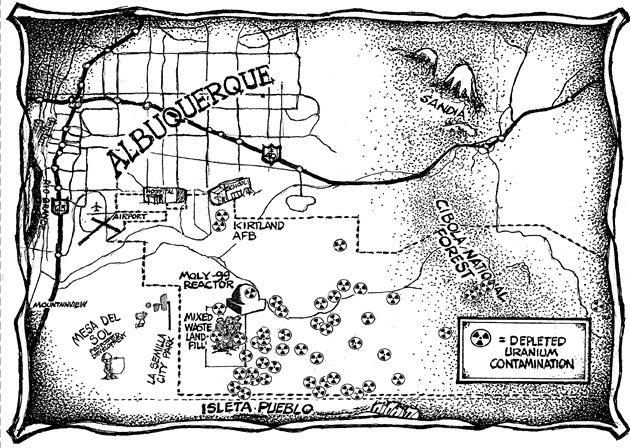
Citizens for Alternatives to Radioactive Dumping (CARD)
Citizens for Alternatives to Radioactive Dumping (CARD) is one of 39 environmental and peace organizations that won a landmark lawsuit against the U.S Department of Energy for failure to follow-through on adequate environmental cleanup during its 50+ years of nuclear weapons research, testing, and production. Part of this settlement was the establishment of the MTA Fund (Citizens’ Monitoring and Technical Assessment Fund), which provided $6.25 million for tribes and non-profit organizations to assess and conduct independent technical and scientific studies regarding the multitude of technical, ecological, and health issues surrounding the nation’s nuclear weapons complex.
Clark University was chosen by the non-profit peace and environmental groups as the conservator of these reports to ensure they remain available to the public in perpetuity. The unconventional election of university as conservator is an innovative example, particularly within the era of Web 1.0, of higher education as protector and provider of information through wide dissemination.
The research and reports available in this series were conducted by Citizens for Alternatives to Radioactive Dumping (CARD) with their allocated portion of the MTA fund.
If you have any questions or concerns please contact us at digitalrepository@clarku.edu.
-

Unsafe Radwaste Disposal at WIPP
Citizens for Alternatives to Radioactive Dumping (CARD) and Davis Snow Dr.
At WIPP, radioactive waste is being disposed of permanently in drums and boxes placed in rooms excavated in the Salado salt beds. Like all other excavations below the water table, the repository will saturate, and dissolved radioactivity can ultimately escape via boreholes, shaft.s or fractures to the overlying Rustler evaporites. The most evident aquifer in the Rustler, the Culebra dolomite, is claimed by DOE to provide such slow transport that the Rustler can be considered an adequate barrier to waste migration. But performance assessment modeling, based on insufficient exploration data, unsupportable deductions and faulty assumptions led to that claim. This paper asserts that the Rustler formation overlying and down-gradient of the WIPP repository will not provide the claimed geologic containment because karst conduits are present that will facilitate rapid, ephemeral flow. If disposal is not halted and timely rectified, escaping radioactivity may reach Nash Draw within a thousand years, contaminating the Pecos River and Rio Grande. Until a suitable disposal site or method is engineered, a monitored retrievable storage facility may offer the only alternative.
This research was completed money allocated during Round 1 of the Citizens’ Monitoring and Technical Assessment Fund (MTA Fund). Clark University was named conservator of these works.
If you have any questions or concerns please contact us at digitalrepository@clarku.edu


